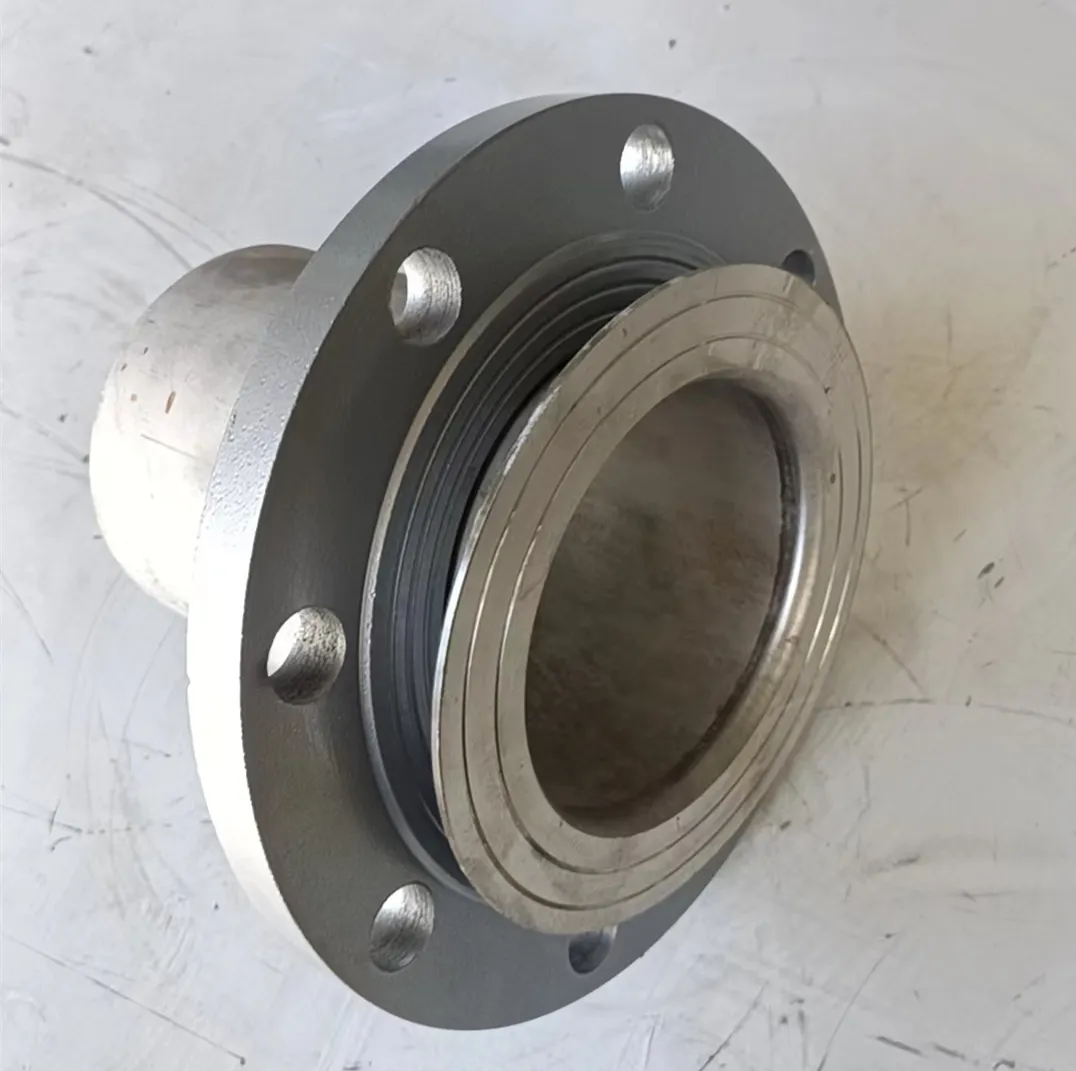loading...
- No. 9, Xingyuan South Street, Dongwaihuan Road, Zaoqiang County, Hengshui, Hebei, China
- admin@zjcomposites.com
- +86 15097380338
- Welcome to visit our website!
Design and Benefits of FRP Sectional Water Storage Tanks for Efficient Water Management
FRP Sectional Water Tanks A Sustainable Solution for Water Storage
In today’s world, the demand for efficient and sustainable water storage solutions continues to grow. As populations expand and urban areas develop, traditional methods of water storage may not suffice. Enter FRP (Fiberglass Reinforced Plastic) sectional water tanks, a modern alternative that offers numerous benefits in terms of durability, flexibility, and environmental sustainability.
Understanding FRP Sectional Water Tanks
Fiberglass Reinforced Plastic is a composite material made from a polymer resin reinforced with glass fibers. This combination results in a lightweight yet incredibly strong material that is ideal for various applications, including water storage. FRP sectional water tanks are constructed from modular sections that can be combined to create a tank of virtually any size, making them versatile and adaptable for numerous settings, from residential to industrial use.
Key Advantages
1. Durability and Longevity One of the primary benefits of FRP sectional water tanks is their exceptional durability. Unlike traditional materials like steel or concrete, fiberglass is resistant to corrosion, rust, and deterioration. This resistance significantly extends the lifespan of the tank, reducing the need for frequent replacements or repairs. As a result, FRP tanks provide a cost-effective solution in the long run.
2. Lightweight and Easy to Install The lightweight nature of fiberglass makes transportation and installation much easier compared to heavier materials. This characteristic is particularly advantageous in remote locations or areas with difficult access. The sectional design allows for easy assembly on-site, eliminating the need for heavy machinery or extensive labor.
frp sectional water tank

3. Customizable Design FRP sectional water tanks can be customized to meet specific requirements. They can be designed in various shapes and sizes, enabling customers to optimize their space and storage needs. Additionally, the modular sections allow for easy expansion if water demands increase over time.
4. Cost-Effectiveness Although the initial investment in FRP sectional water tanks may be higher than some traditional materials, the long-term savings in maintenance and replacement costs make them a more economical choice. Their durability and low maintenance requirements mean that they can achieve a lower total cost of ownership over their lifespan.
5. Environmental Benefits In an era where sustainability is a significant concern, FRP sectional water tanks stand out. The manufacturing process of fiberglass is relatively eco-friendly, and the material is entirely recyclable. Furthermore, their resistance to corrosion and leaks helps prevent water wastage, contributing to more efficient water resource management.
Applications
FRP sectional water tanks are used in various applications, including residential storage, commercial use, fire suppression systems, and agricultural irrigation. Their versatility makes them suitable in diverse environments, from urban centers to rural areas, where reliable water storage solutions are essential.
Conclusion
In summary, FRP sectional water tanks represent a significant advancement in water storage technology. With their durability, lightweight nature, customizable options, and environmental benefits, they are an excellent choice for anyone looking to invest in a long-term water storage solution. As awareness of sustainable practices continues to rise, FRP tanks provide an opportunity to meet both current and future water storage needs effectively and responsibly. Whether for a small household or a large industrial operation, these tanks present a forward-thinking solution in the quest for efficient water management.
-
The Rise of FRP Profiles: Strong, Lightweight, and Built to LastNewsJul.14,2025
-
SMC Panel Tanks: A Modern Water Storage Solution for All EnvironmentsNewsJul.14,2025
-
GRP Grating: A Modern Solution for Safe and Durable Access SystemsNewsJul.14,2025
-
Galvanized Steel Water Tanks: Durable, Reliable, and Ready for UseNewsJul.14,2025
-
FRP Mini Mesh Grating: The Safer, Smarter Flooring SolutionNewsJul.14,2025
-
Exploring FRP Vessels: Durable Solutions for Modern Fluid HandlingNewsJul.14,2025
-
GRP Structures: The Future of Lightweight, High-Performance EngineeringNewsJun.20,2025
